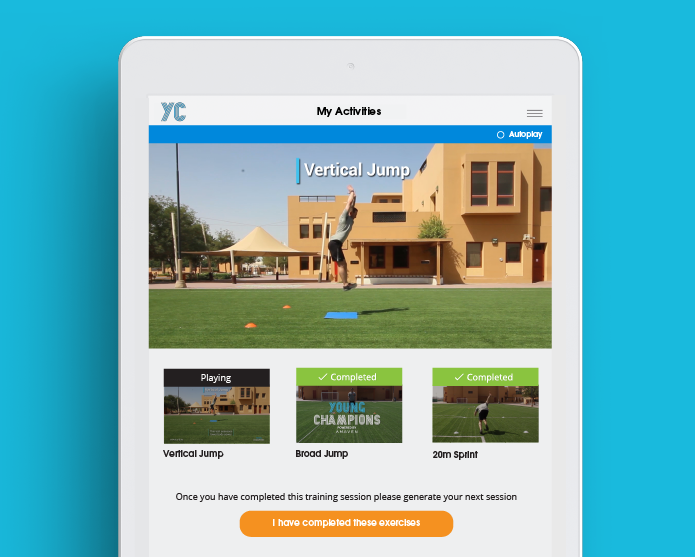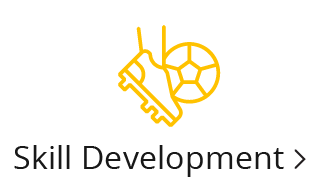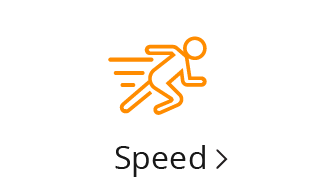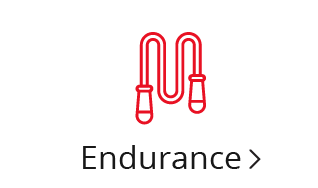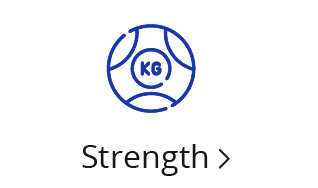Power can be expressed in different ways, but generally speaking, it is the product of force (strength) x velocity (speed), and naturally observed when young athletes perform dynamic activities such as sprinting, jumping, skipping, and throwing.
Within a long-term athletic development programme both strength and power are recommended to be targeted pre-and-post peak height velocity.
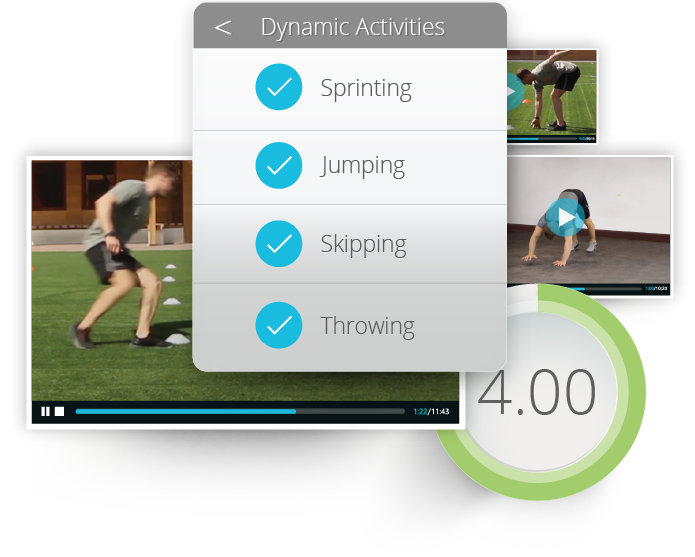
One of the main differences from strength (neuromuscular adaptations) and power improvements is through a principle called ‘Specificity’. Strength training is thought to be more general than power training. For example, performing slow goblet squats will help to develop strength, but limited in power development due to the movement being slow. Performing jump activities, which is a more dynamic activity, will have more influence on power development as the speed of the movement is a major factor that drives the adaptations.
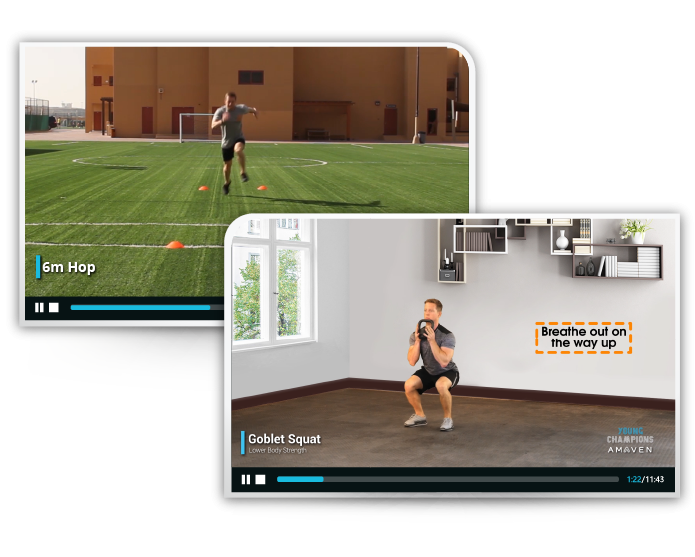
Pre-peak height velocity activities that fall into the movement skills, such as hopping, skipping, jumping and running are great drills to enhance power development. Post-peak height velocity, it is recommended to combine resistance training, a family of activities known as Plyometrics, as concurrent resistance activities and plyometrics drills has been reported to develop power in jumping and sprinting.
There are different ways to monitor power development. You can assess your power in the Young Champions using the different challenges
Next section... Healthy Eating and Nutrition for Everyone
